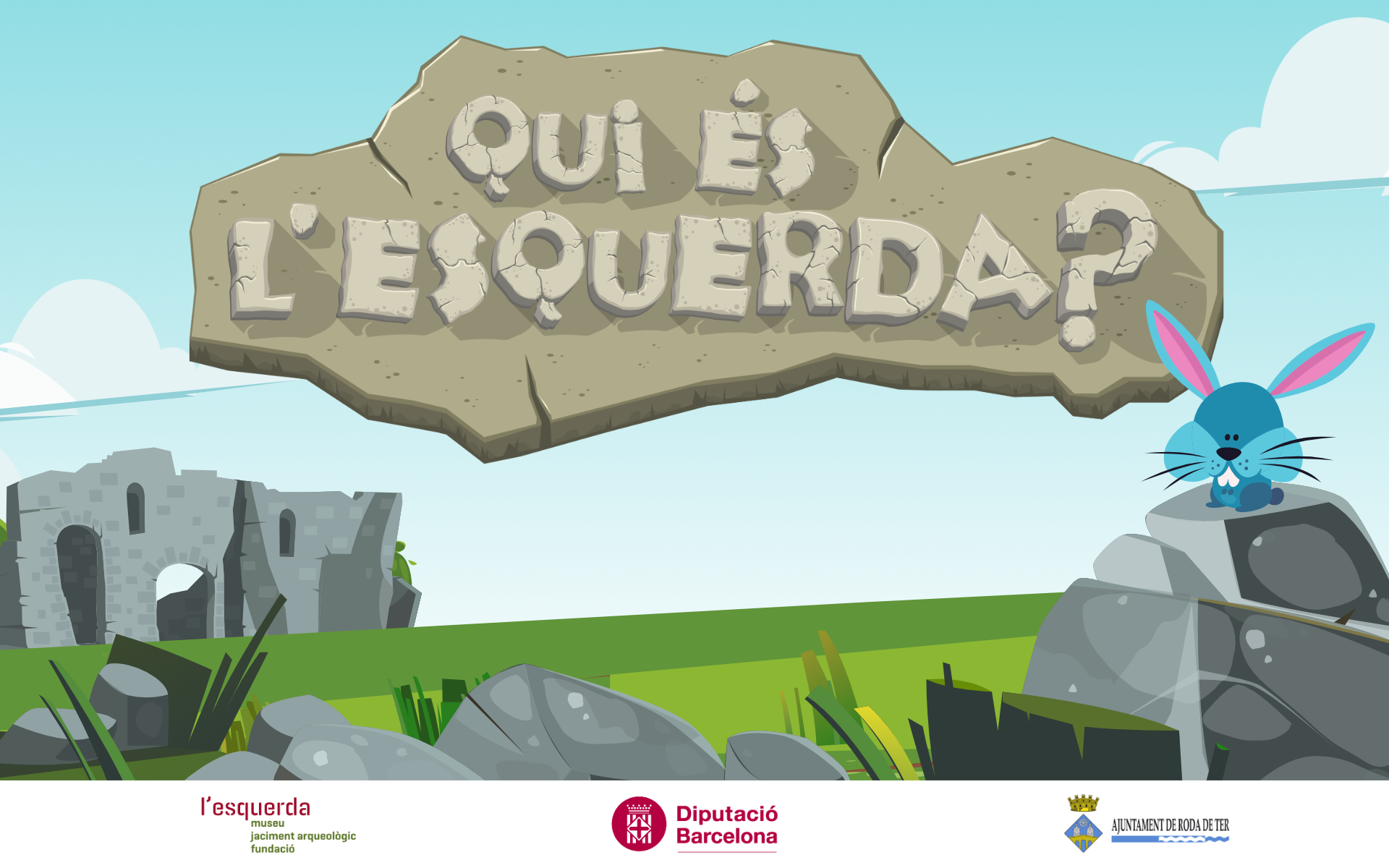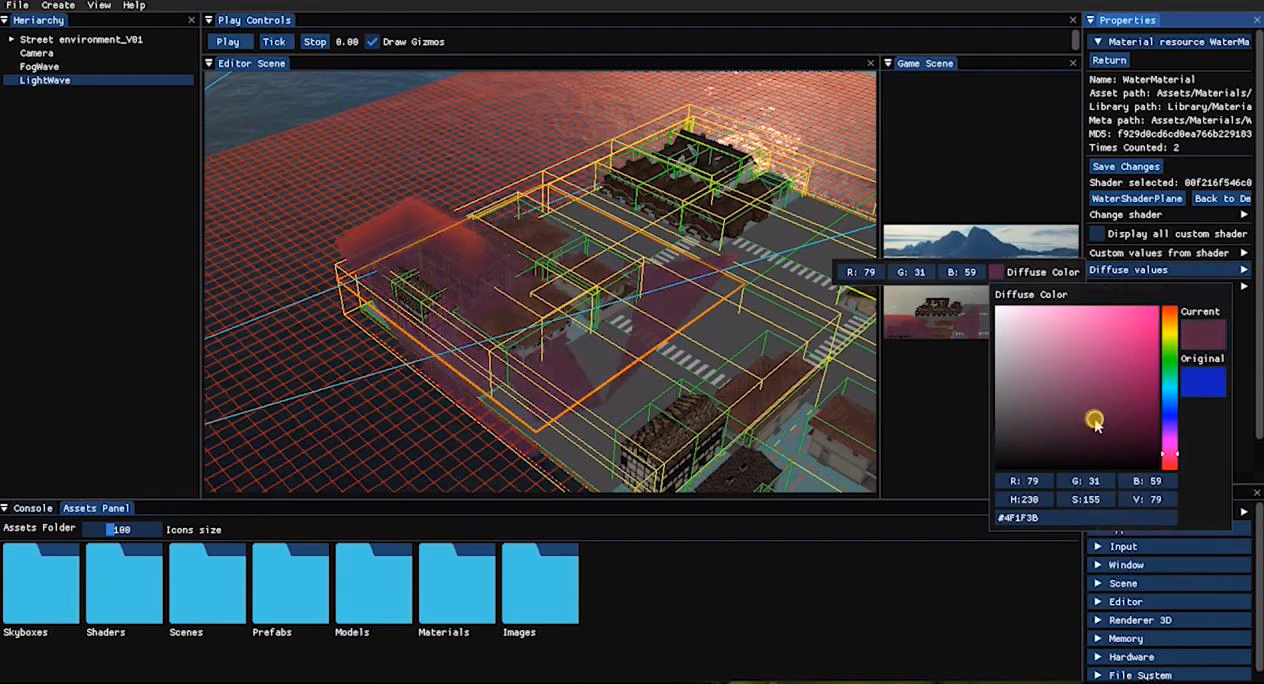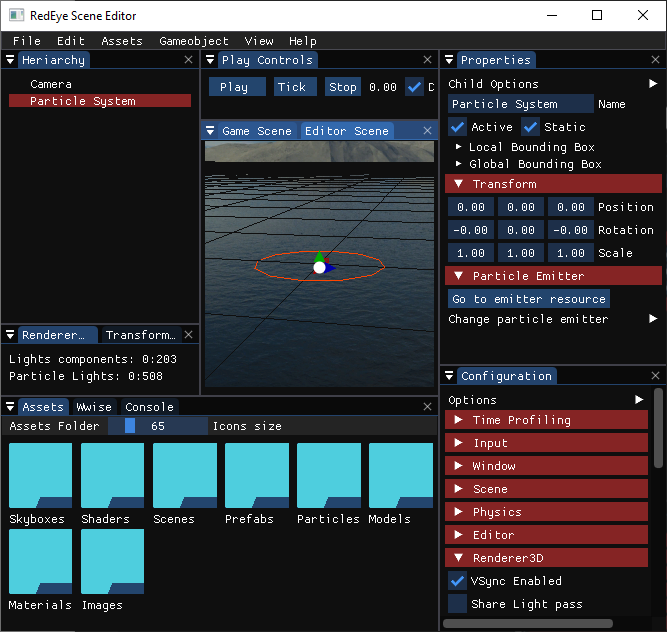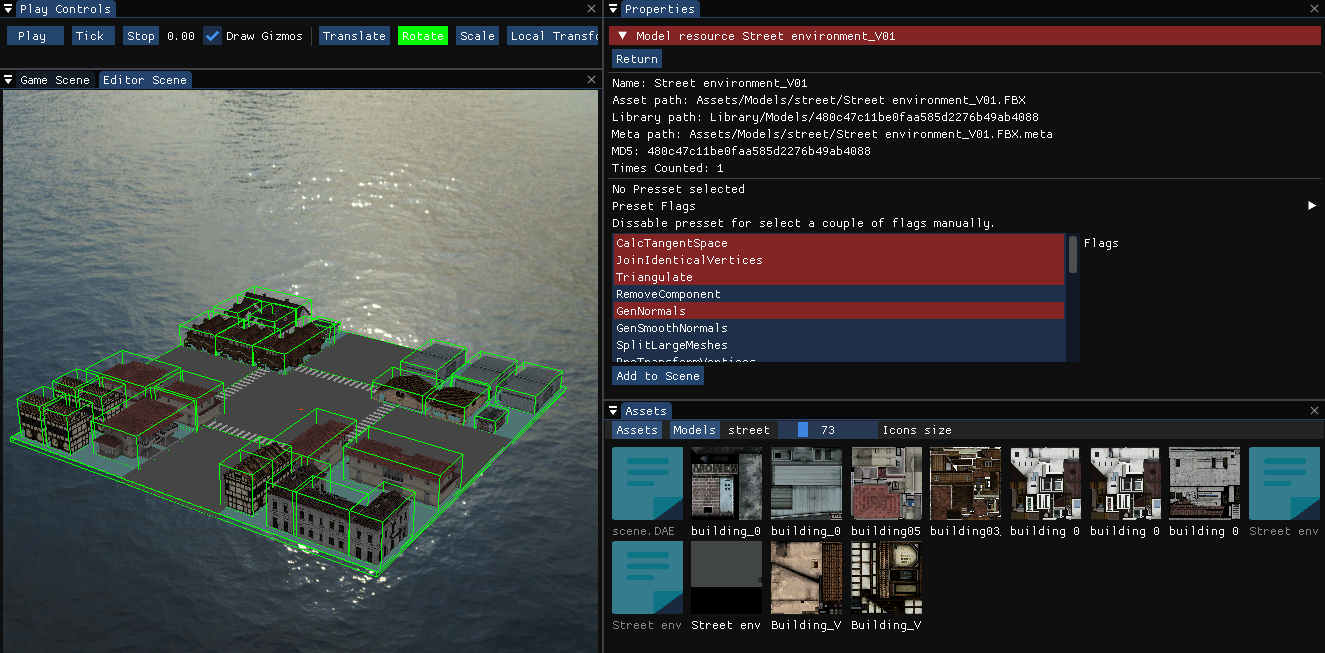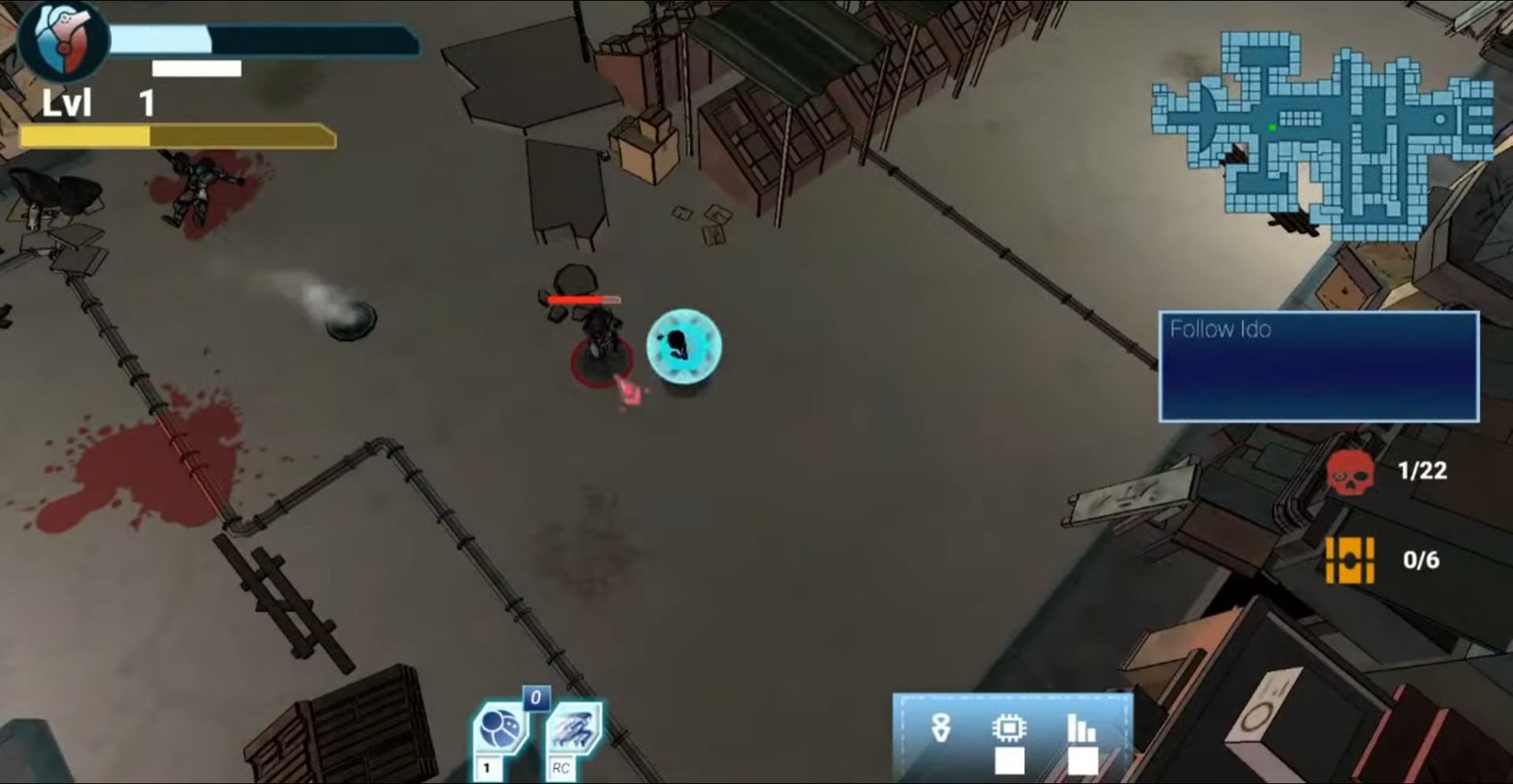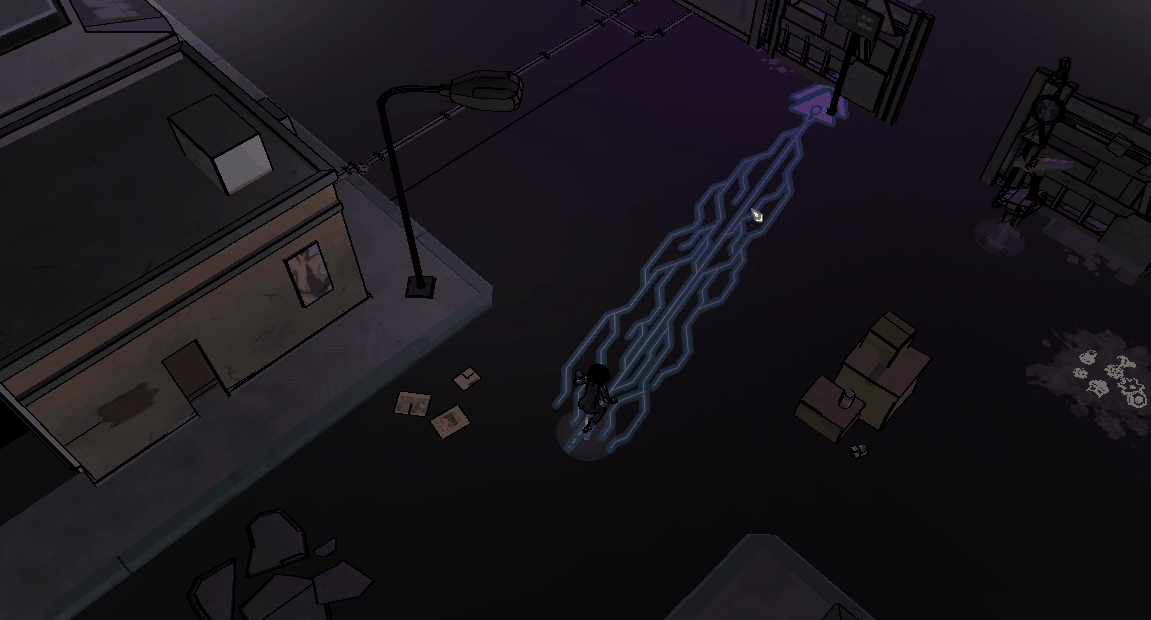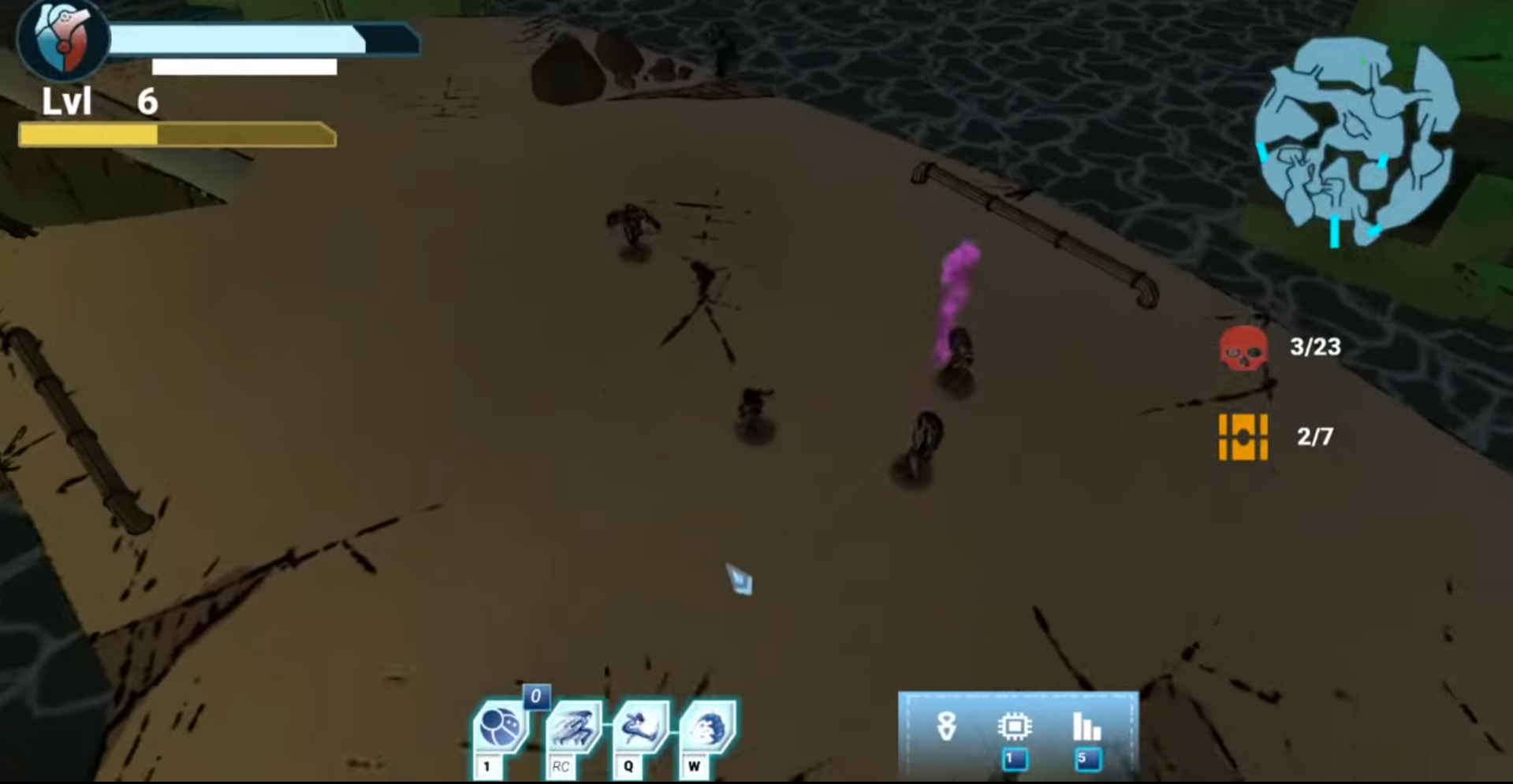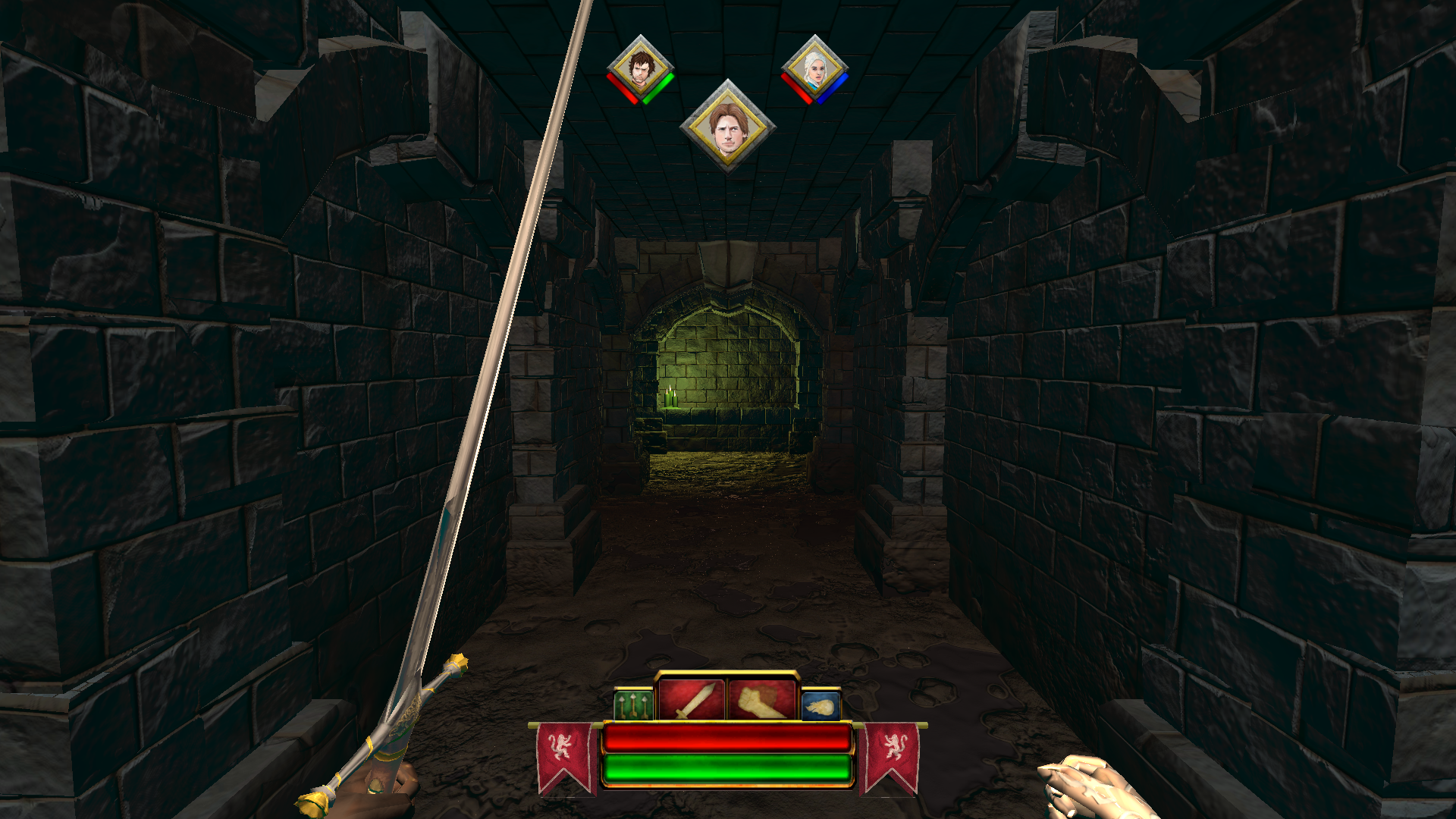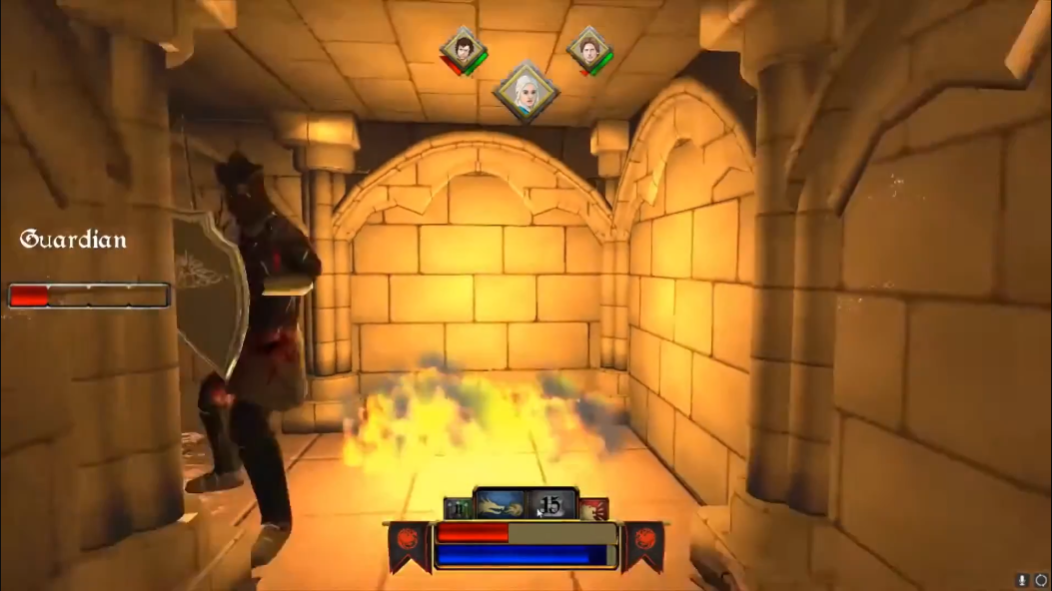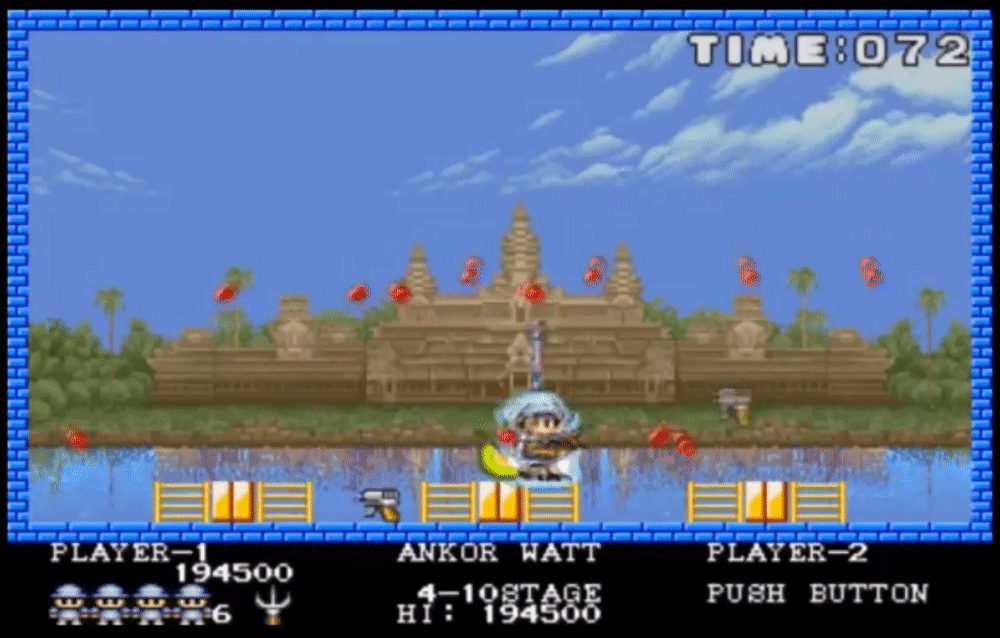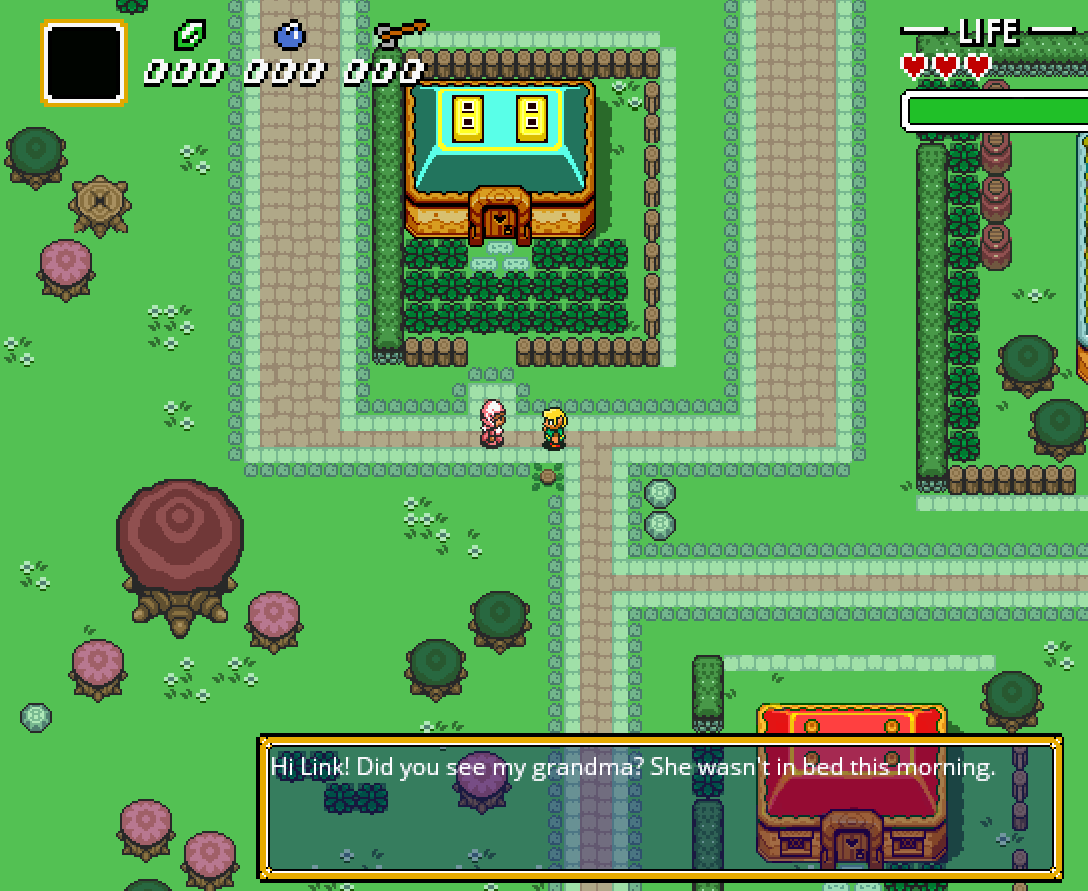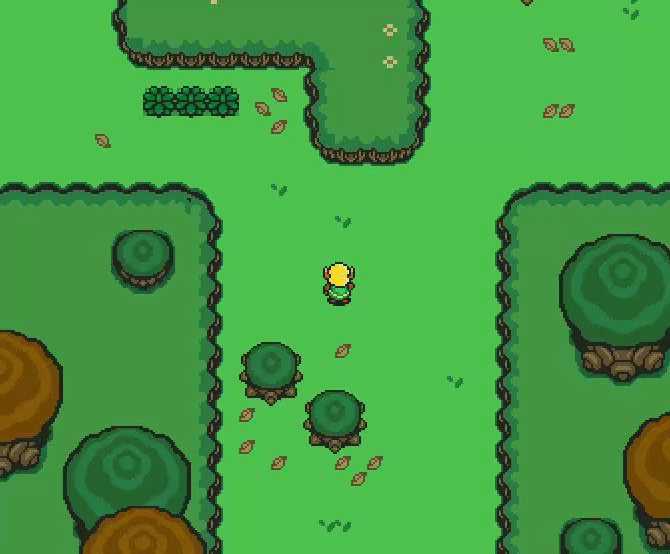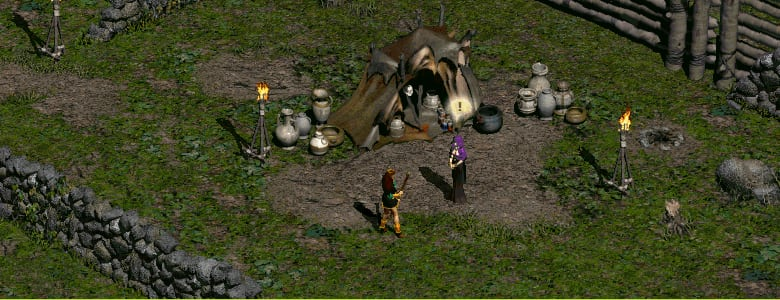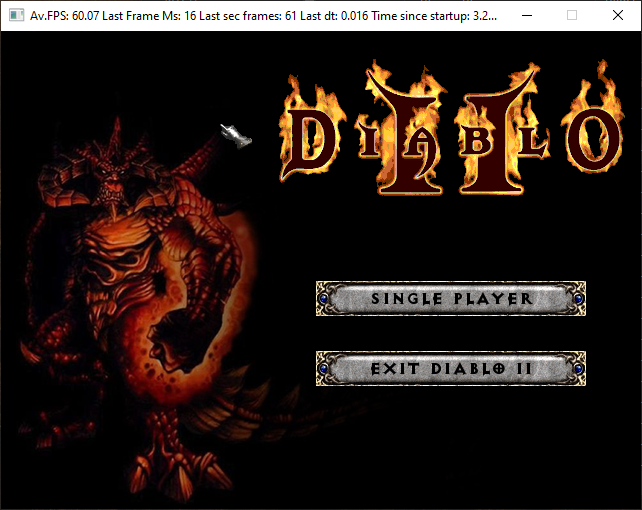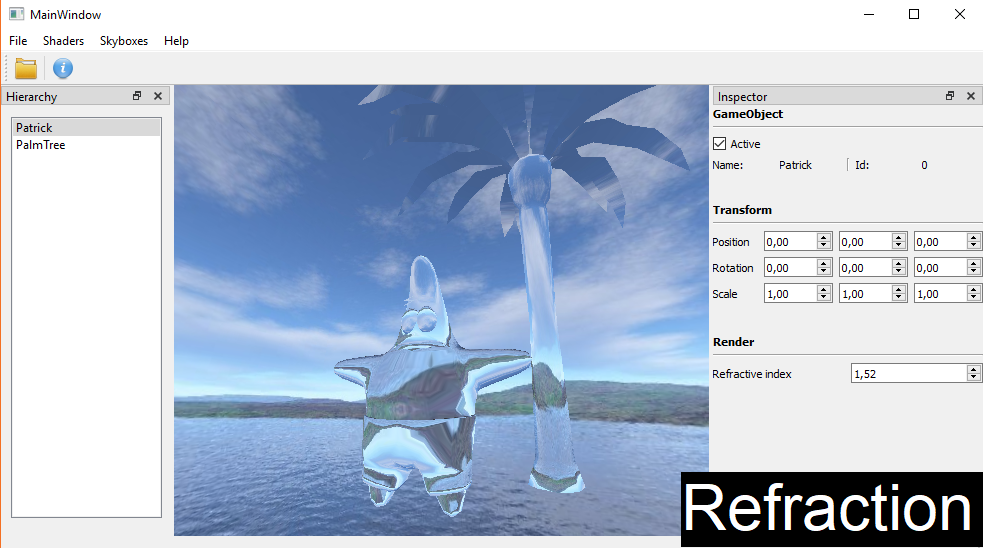[ Games I've Worked On ]
Qui és l'Esquerda?
Role: Programmer
Unity
C#
Galàxia Manlleu
Role: Programmer
Unity
C#
[ My Own Game Engine ]

RedEye Engine
Role: Programmer
Team size: 2
C++
[ Video Game Projects ]

Alita: UW
Role: UI Programmer
Team size: 18
C++
C#

Square Up
Role: Lead, Programmer
Team size: 5
C++
Unthrone
Role: Designer
Team size: 32
C++
C#
PANG
Role: Programmer
Team size: 4
C++
Link BA
Role: Programmer
Team size: 6
C++
Diablo II: RoD
Role: Programmer
Team size: 6
C++
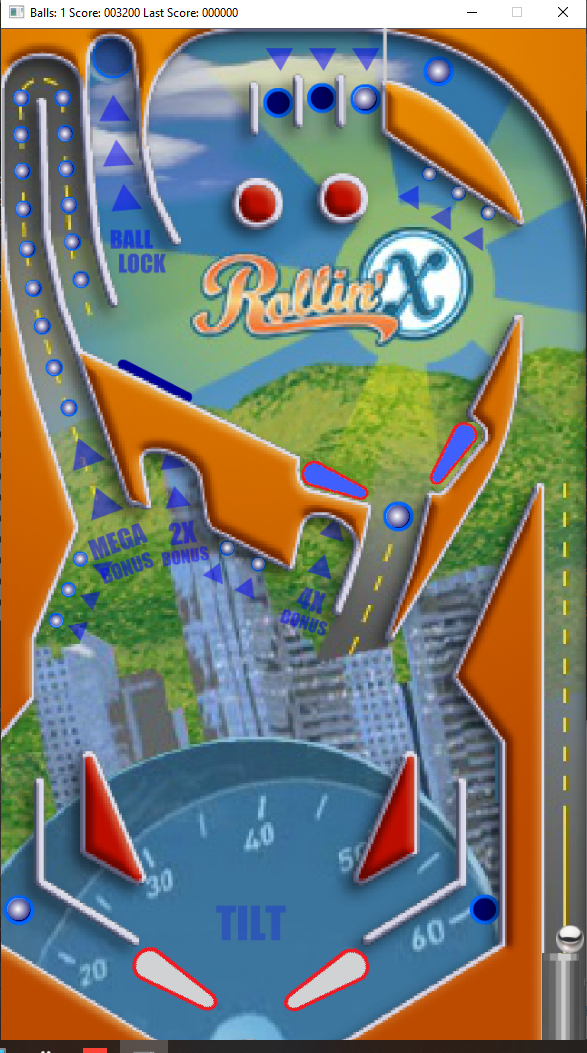
Pinball ED
Role: Programmer
Team size: 2
C++
[ Other Projects ]
Web Portfolio
Role: Programmer
C++
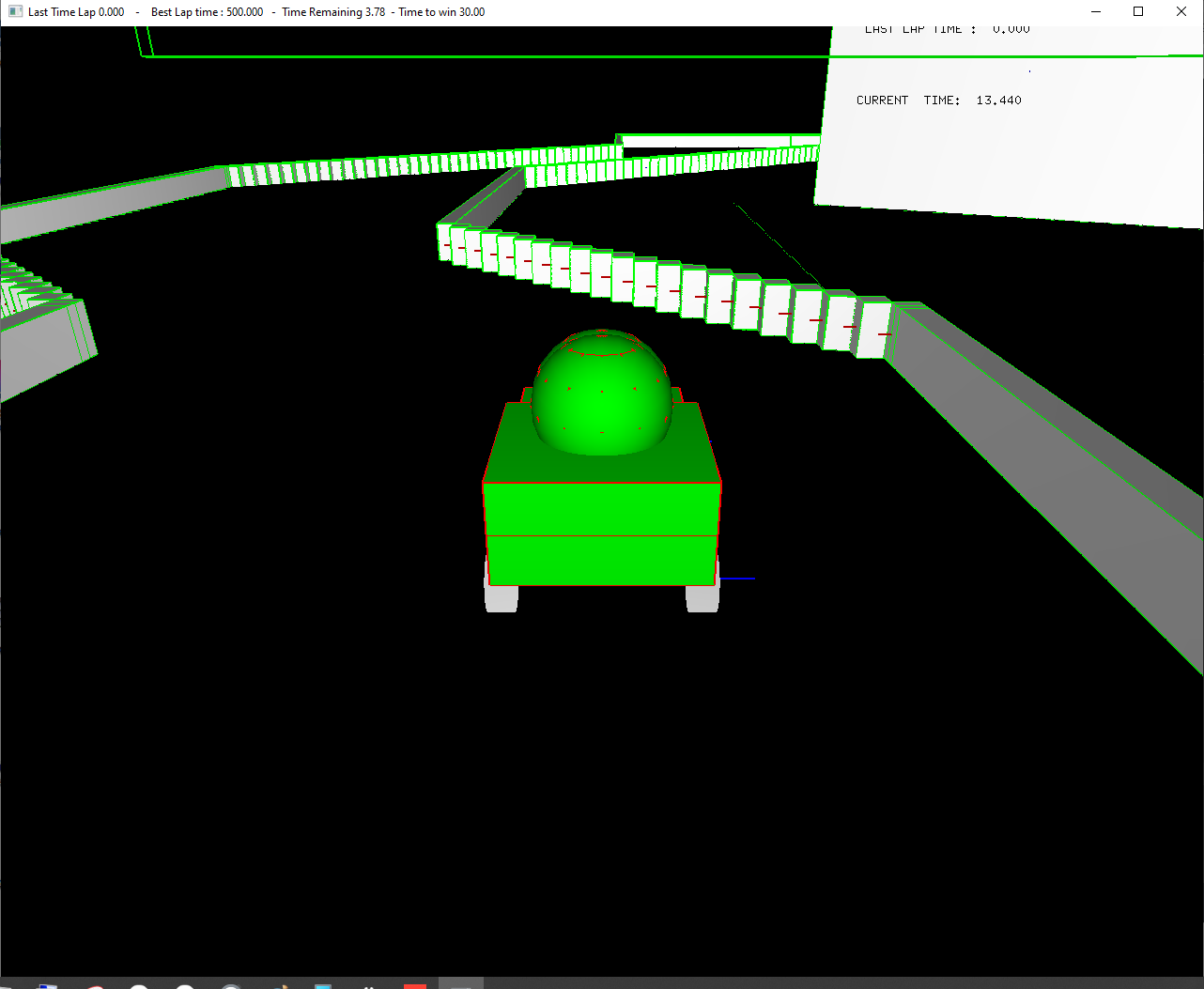
Ausias GP
Role: Programmer
C++
Agent Distribution
Role: Programmer
C++
Model Viewer
Role: Programmer
C++

2D Painter
Role: Programmer
C++
